News
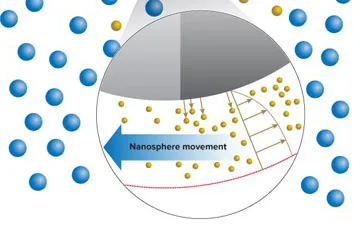
Wed, 10/25/2017 | Knowable Magazine
Particles get a move on without motorsNanoparticles that are coated on one side with a reactive material can propel themselves through fluids, when the particle coating interacts with the fluid. This self-propulsion could enable targeted drug delivery and aid environmental clean-up efforts.
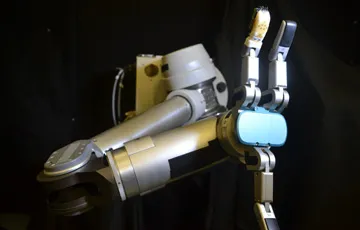
Tue, 10/17/2017 | UW Today
Flexible ‘skin’ can help robots, prosthetics perform everyday tasks by sensing shear forceRobotic and prosthetic hands must be able to sense shear forces, such as the pull created when objects slip from grasp, to manipulate items with greater precision. As yet, robotic hands have had difficulty accurately sensing vibrations and shear forces. A team of researchers, including ME professor Jonathan Posner, developed a flexible sensor “skin” that can be stretched over any part of a robot to accurately convey information about shear forces and vibration.
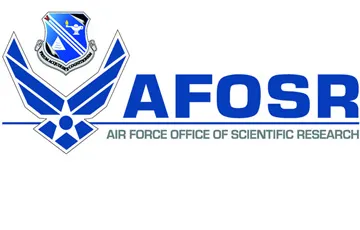
Wed, 10/11/2017 | Air Force Office of Scientific Research
Steven Brunton awarded AFOSR Young Investigator Research Program grantCongratulations to assistant professor Steve Brunton on receiving an Air Force Office of Scientific Research Young Investigator Research Program grant! Brunton will use the $450,000 grant to fund his research proposal: “Interpretable nonlinear models of unsteady flow physics.”
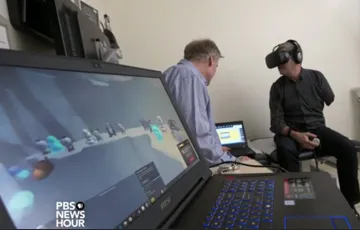
Wed, 10/04/2017 | PBS NewsHour
Understanding the science of pain with the help of virtual realityME research scientist Hunter Hoffman was featured on the PBS NewsHour, demonstrating the virtual reality game he developed, called SnowWorld. When acute and chronic pain sufferers play SnowWorld, it can help relieve their pain without needing to resort to narcotic painkillers. This drug-free pain relief could play a role in combating the opioid crisis.
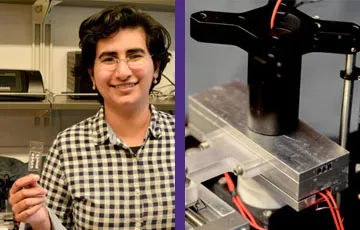
Wed, 10/04/2017 | UW Today
New portable blood analyzer could improve anemia detection worldwideA research team, including ME associate professor Nathan Sniadecki, has developed a device to monitor anemia that is smaller than a toaster. About one quarter of the world’s population suffers from anemia, but current methods for analyzing blood require hands-on expertise to prepare and run a sample, limiting the ability to monitor anemia in many parts of the world. This new device requires only a few drops of blood for analysis and does not require additional steps to prepare the sample.
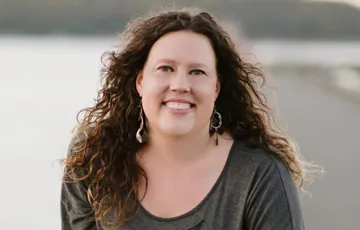
Tue, 09/19/2017 | Department of Mechanical Engineering
Building a future with MEAngela Templin, BSME ’99, shares how her time in the mechanical engineering department set her up for a successful career in sustainability and commissioning.
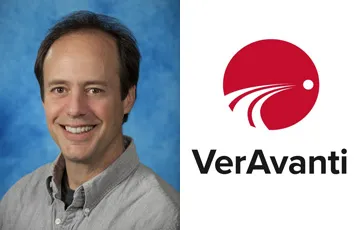
Sun, 09/17/2017 | The Seattle Times
Redmond’s VerAvanti is medtech startup minus the VC fundingVerAvanti, a medtech startup focused on long-term research and development, launched after licensing scanning fiber endoscope technology invented in ME research professor Eric Siebel’s lab. The endoscope takes HD-quality images of blood vessels and could help cardiologists discover what causes certain types of strokes and heart attacks. VerAvanti hopes to put the endoscope on the market by the end of next year.
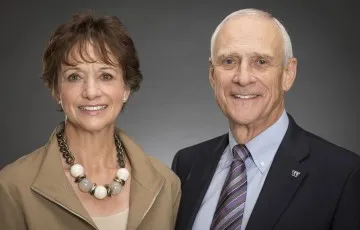
Fri, 09/08/2017 | University of Washington
Ron and Wanda Crockett receive 2017 Gates Volunteer Service AwardCongratulations to ME alumnus Ron, '61, and Wanda Crockett on receiving the University of Washington Gates Volunteer Service Award! Recipients of the Gates Volunteer Service Award exemplify the highest standards of service to the University of Washington. Sixty years ago, Ron Crockett received a scholarship that changed his life. Inspired by this experience, Ron and Wanda have bestowed 277 scholarships so far — and their influence keeps growing.
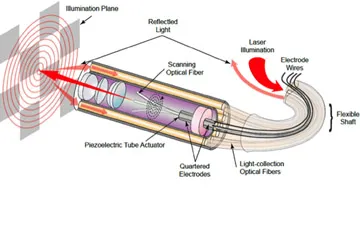
Thu, 09/07/2017 | Journal of Dynamic Systems, Measurement, and Control
ASME Kalman Best Paper Award for ME-led workA research paper led by ME Ph.D. alumnus Ivan Yeoh — with contribution from ME professors Per Reinhall and Eric Seibel (who also received the award in 2004), ME professor Martin Berg, and EE professor Howard Chizeck — will receive the ASME Journal of Dynamic Systems, Measurement, and Control Kalman Best Paper Award. The award, for the paper Electromechanical Modeling and Adaptive Feedforward Control of a Self-Sensing Scanning Fiber Endoscope, will be presented at the annual Dynamic Systems and Control Conference on October 12. Congratulations!
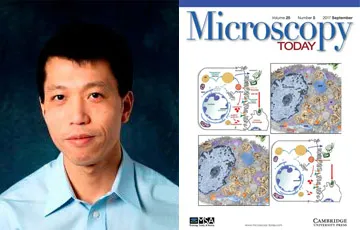
Thu, 09/07/2017 | Microscopy Today
Jiangyu Li receives 2017 Microscopy Today Innovation Award
Congratulations to professor Jiangyu Li on receiving the 2017 Microscopy Today Innovation Award for his work developing scanning thermo-ionic microscopy (STIM), along with ME Ph.D. alumnus Ahmadreza Eshghinejad and A&A Ph.D. alumnus Ehsan Nasr Esfahani.
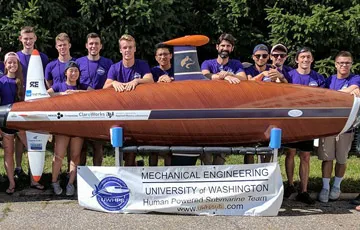
Wed, 08/30/2017 | Department of Mechanical Engineering
ME teams win big!
Congrats to EcoCAR, Formula Motorsports, Human Powered Submarine and Husky Robotics for their success during this summer’s competitions!
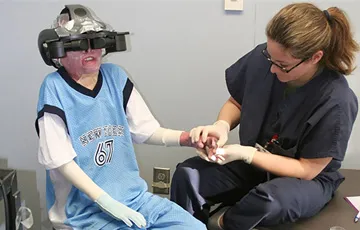
Tue, 08/22/2017 | NBC News
3 ways virtual reality is transforming medical care
Mechanical engineering research scientist Hunter Hoffman has created a virtual reality game, called SnowWorld, to help burn patients cope with pain. Patients who play SnowWorld during treatment for their burns report up to 50 percent less pain than patients not playing the game. SnowWorld is now in clinical trial as a supplement to pain-killing medication.
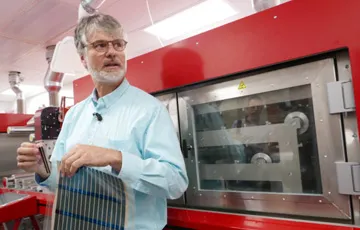
Sat, 08/19/2017 | GeekWire
Inside UW’s cutting-edge Clean Energy Testbeds, researchers seek breakthroughs to help the planetGeekWire visited the UW’s Clean Energy Testbeds to learn how the Testbeds are speeding up the process by which discoveries are transformed into scalable products. Mechanical engineering associate professor Devin MacKenzie, who is technical director of the Testbeds, stressed how difficult it is to make money in clean energy and how the open-access infrastructure provided the Testbeds is key in reducing the cost involved in turning innovative ideas into working prototypes. The Testbeds have attracted users ranging from startups to Microsoft—innovators large and small, all striving to create breakthroughs in clean energy.
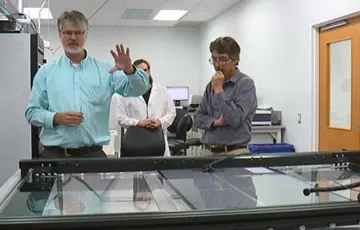
Thu, 08/17/2017 | Q13 Fox
UW researchers working to revolutionize power productionMechanical engineering associate professor Devin MacKenzie has developed a new way to make solar cells using a material called perovskite. Perovskite takes much less energy to produce than the silicon chips used in today’s solar cells, but it is just as effective at turning sunlight into energy. Pervoskite is also lightweight and flexible, meaning it could be used to turn nearly any surface into a solar cell.
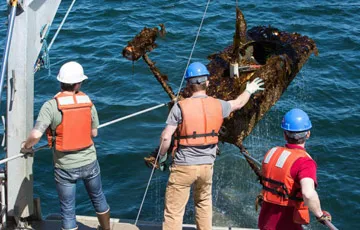
Fri, 08/11/2017 | GeekWire
Researchers spy on marine energy machines using data analysis and a raft packed with ocean monitorsGeekWire visited ME associate professor Brian Polayge and graduate student Emma Cotter to learn about their work measuring the impact of tidal and wave energy machines on marine life. The monitoring system used to capture animal interactions with the machines produces an immense amount of low-value data, so Cotter developed machine learning tools to help capture data only when marine life is nearby. The data will help advance the design of more benign marine energy systems.
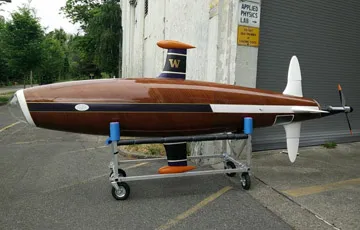
Wed, 08/09/2017 | Popular Mechanics
The Preposterous World of Human-Powered Submarine RacingPopular Mechanics covered the 2017 International Submarine Races, where students from across the globe competed in the unique challenge to build a human-powered submarine. The story features the University of Washington’s submarine, Knotty Dawg, which was built with wood from the Northwest School of Wooden Boat Building.
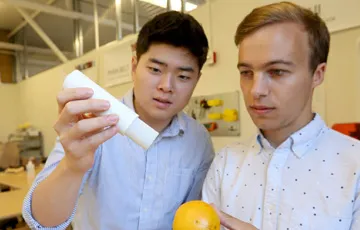
Sat, 07/29/2017 | The Seattle Times
UW students create innovative devices to solve vexing medical problemsThe Seattle Times profiled the Engineering Innovation in Health program, which was founded in the Mechanical Engineering department, as part of their Education Lab spotlight. The Times highlighted projects like EpiForAll that got their start as part of the year-long program but have developed into ongoing endeavors as they progress on the path toward commercialization.
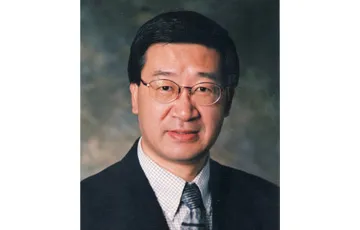
Thu, 07/27/2017 | UW Today
Dayong Gao elected to the Washington State Academy of SciencesCongratulations to ME Professor Dayong Gao on his election to the Washington State Academy of Sciences, which elects members based on their outstanding record of scientific achievement and willingness to work on behalf of the academy in bringing the best available science to bear on issues within the state of Washington. The Washington State Academy of Sciences election announcement lauds Gao as a major contributor in the field of cryobiology and the science and technology of artificial organs.
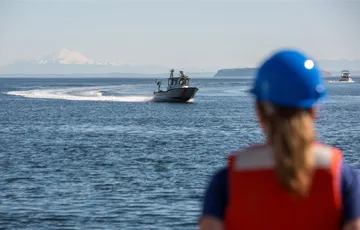
Wed, 07/26/2017 | Department of Mechanical Engineering
AMPing up underwater environmental monitoringUW researchers are developing devices to answer some of the trickiest questions about marine energy’s environmental effects. Working as part of the Northwest National Marine Renewable Energy Center, researchers have developed a detection system that captures important data about interactions between marine life and marine energy converters — but only when marine life is present. This detection system drastically reduces the extreme amount of low-value data that researchers would otherwise need to store and inspect.
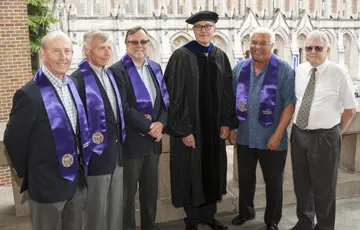
Mon, 07/10/2017 | Department of Mechanical Engineering
Class of '67 grads honored at ME's 2017 graduationAt this year's mechanical engineering graduation ceremony, in addition to awarding nearly 160 bachelor's degrees, 80 master's and 20 doctoral degrees, the department honored ME grads from the Class of '67 in a 50-year reunion.
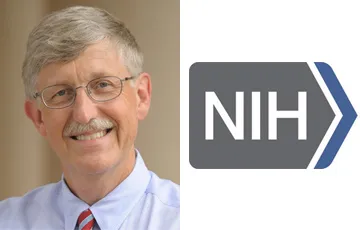
Wed, 07/05/2017 | National Institutes of Health
Tumor scanner promises fast 3D imaging of biopsiesDr. Francis Collins, director of the National Institutes of Health (NIH), reported on Jonathan Liu’s new light-sheet microscope for the NIH Director’s Blog. Collins lauds the potential the microscope presents for improving patient outcomes in cancer treatments.
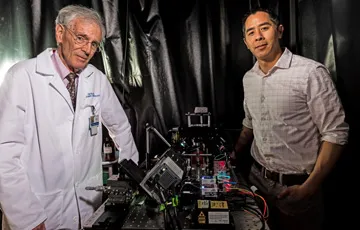
Mon, 06/26/2017 | UW Today
Microscope can scan tumors during surgery and examine cancer biopsies in 3-DA versatile light-sheet microscope, developed by a UW team including ME associate professor Jonathan Liu, can provide surgeons with real-time pathology data to guide cancer-removal surgeries and can also non-destructively examine tumor biopsies in 3-D. The microscope provides surgeons with proof that they have removed all cancerous tissue, preventing the need for further surgeries to remove cancerous cells that were missed during the initial procedure.
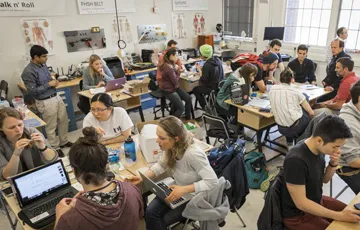
Mon, 06/26/2017 | Department of Mechanical Engineering
Engineering Innovation in HealthThe Engineering Innovation in Health (EIH) program is transforming education in health technology design and entrepreneurship by providing a framework for engineering students and faculty to partner with clinicians and develop affordable solutions to today’s pressing health needs. Highlighted are five projects that originated through EIH and are still building momentum.
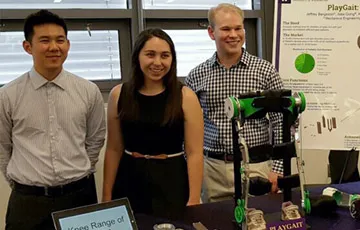
Mon, 06/19/2017 | Department of Mechanical Engineering
From idea to innovation
ME graduate student Jessica Zistatsis shares her journey through the commercialization process at the UW, thanks to Engineering Innovation in Health. Jessica is one of the innovators of PlayGait™, a pediatric exoskeleton that helps kids with cerebral palsy get more walking practice outside of therapy so they can learn to walk independently.

Wed, 06/07/2017 | Department of Mechanical Engineering
UW researcher joins world leaders across science and medicine in call to transform transplantation, preserve and cryobank organsProfessor Dayoung Gao is one of more than 40 world leaders in science and medicine who are calling for a modern-day "Apollo Program" to advance organ and tissue preservation research. Gao works at the forefront of cryobiology and views cryopreservation as having the potential to transform transplantation by extending the preservation window for organs.